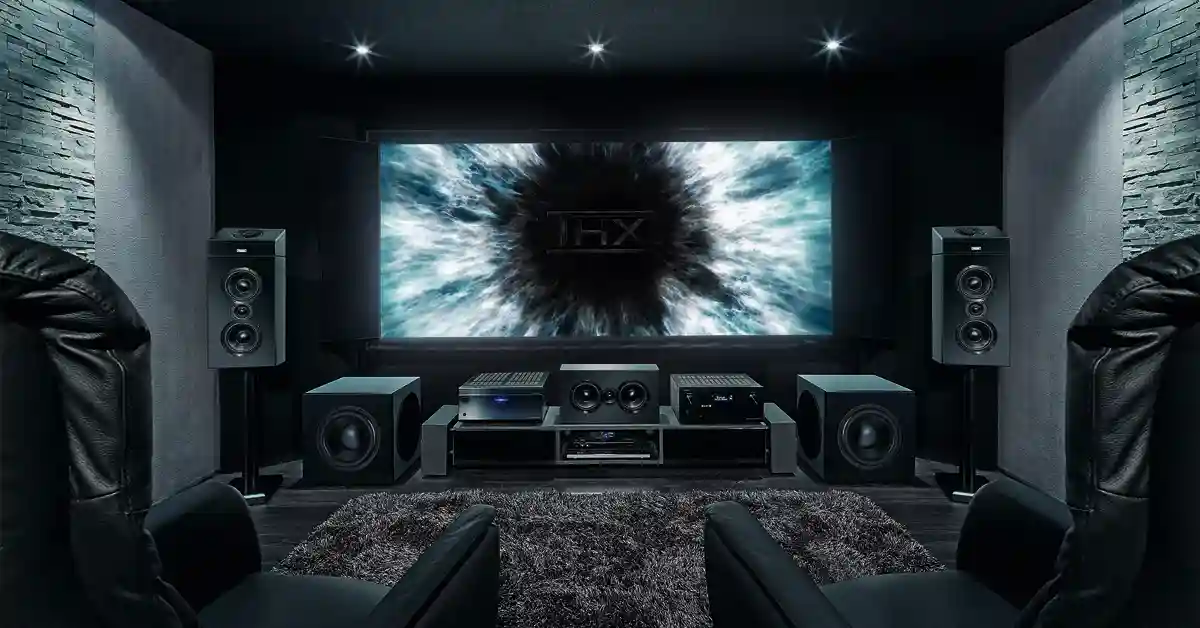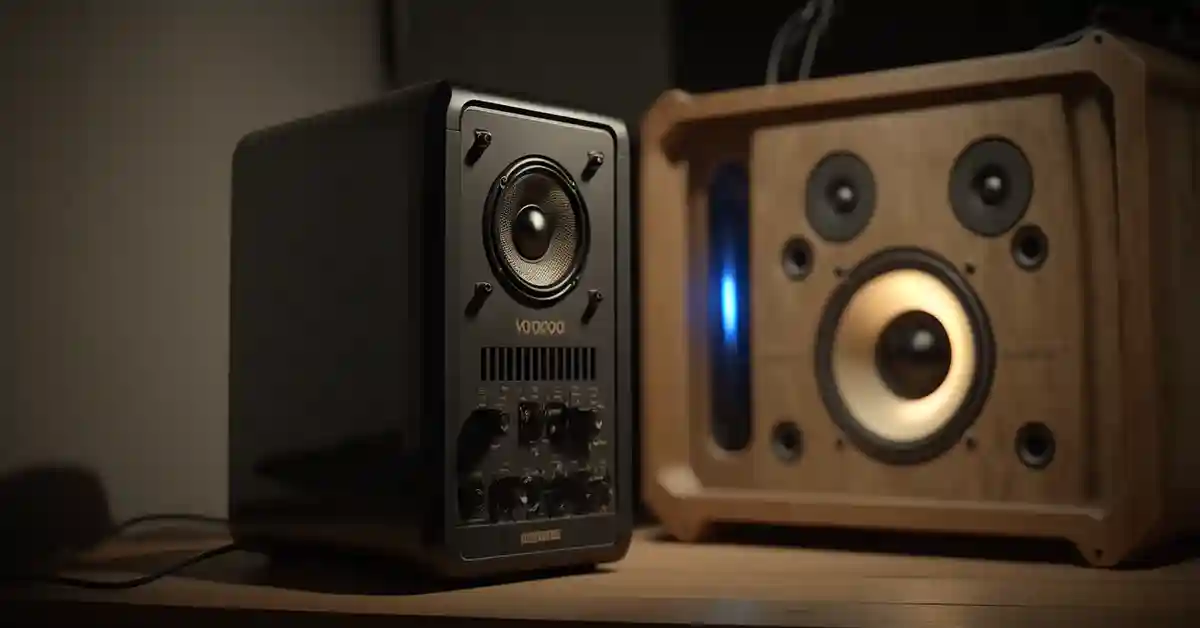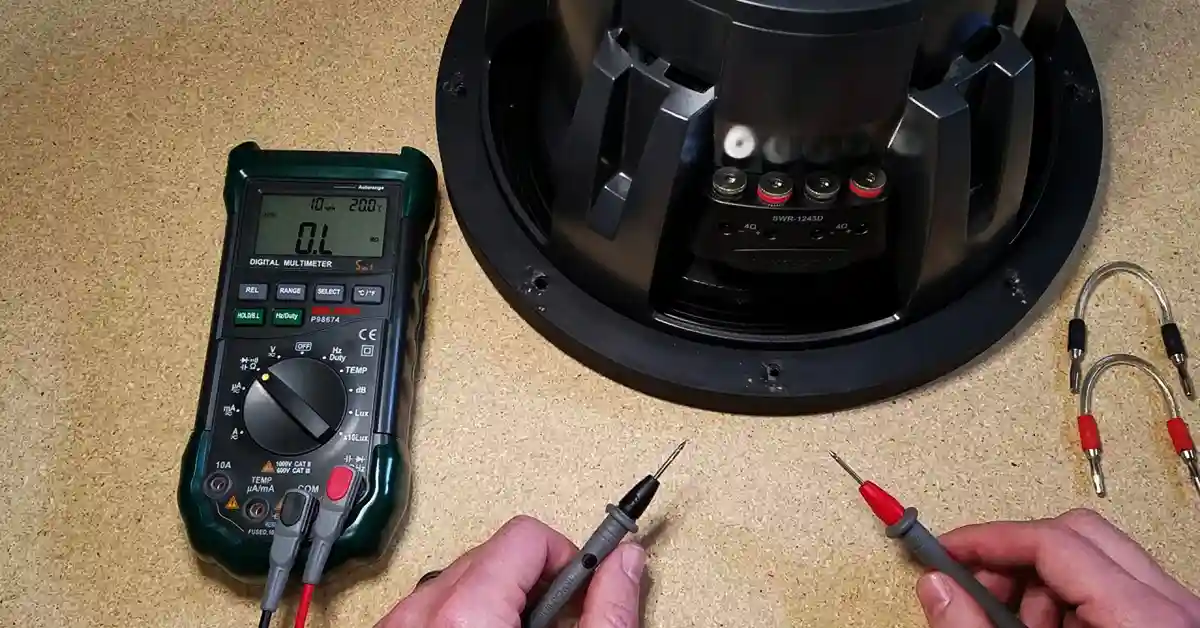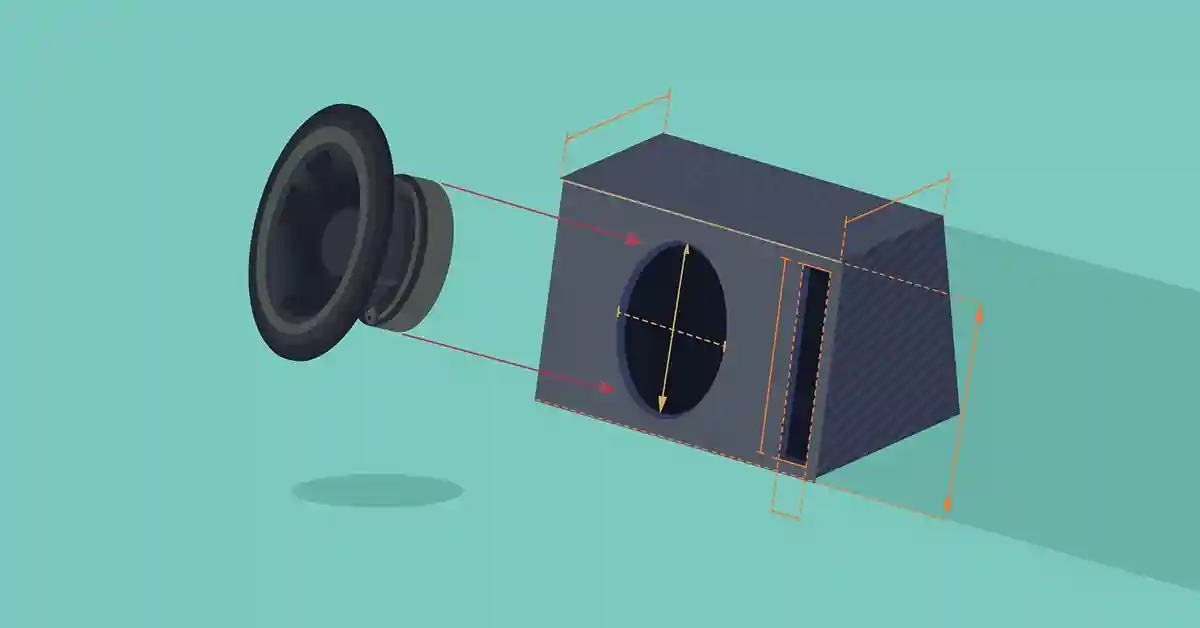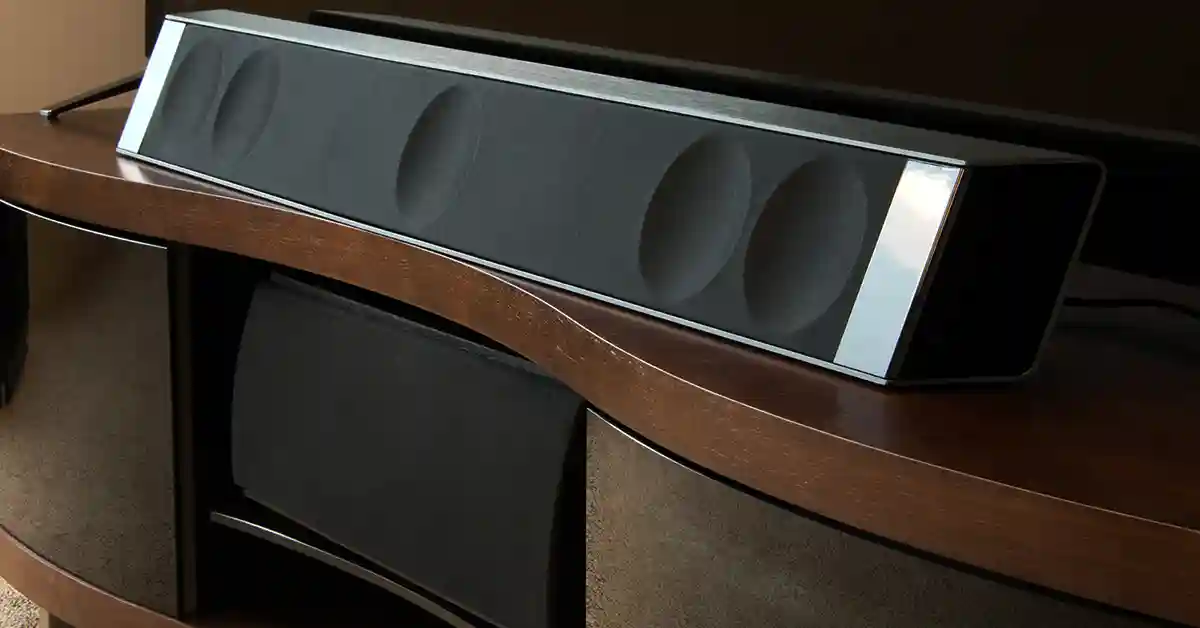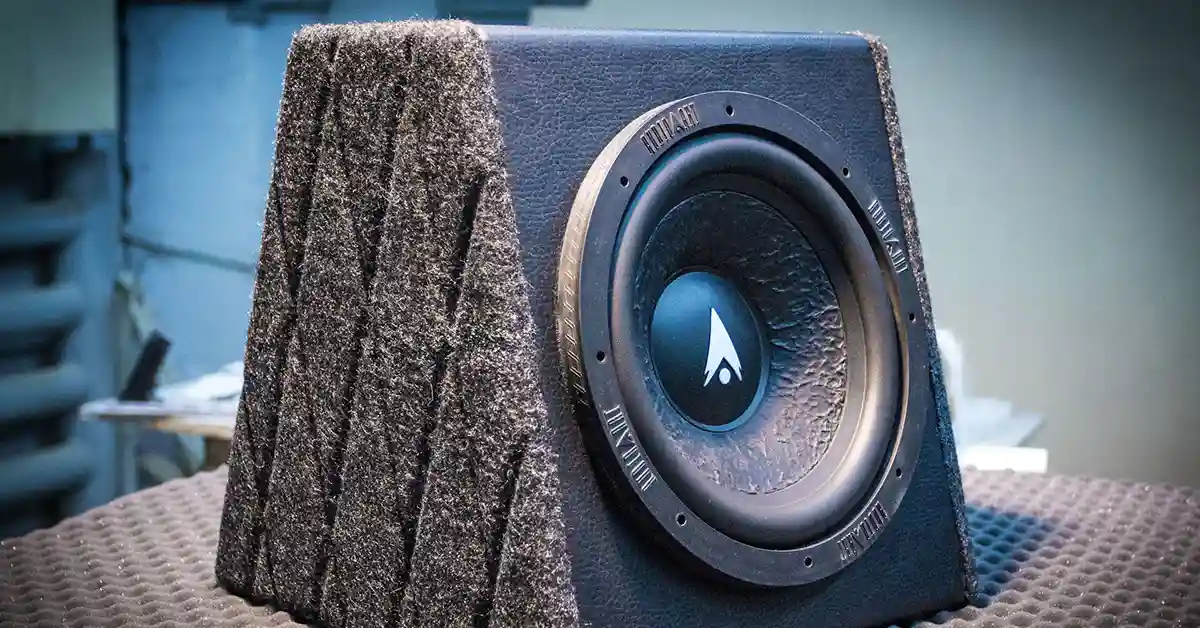Subwoofer Low-Pass Filter: How To Set Sub LPF
A subwoofer plays a crucial role in any audio system. However, you must adjust the suitable Low Pass Filter (LPF) on your subwoofer to have a great music experience. A subwoofer low pass is an electronic circuit that terminates higher frequencies while allowing low frequencies to pass from an AC signal.
This comprehensive article will cover everything about a low pass subwoofer to help you set the correct frequency for your audio system.
Setting your low-pass filter is essential when installing your subwoofer, testing it, - or, if you're simply wanting to figure out if your subwoofer is blown or not.

What Does Low Pass Mean On A Subwoofer
Most subwoofers come with a built-in low pass filter or have the option to connect an external low pass filter that you can adjust as per your preference. So what is low pass on a subwoofer?
"Low Pass" on a subwoofer refers to the frequency range that a subwoofer model can reproduce. This low-pass filter circuit attenuates high-frequency sounds and only allows low-frequency sounds to pass through to the subwoofer.
For instance, a subwoofer with LPF 80 Hz will transmit below 80 Hz frequencies to the driver. However, frequencies over 80 Hz won't pass on to the driver. The attenuation is approximately -12 dB above 75 Hz (a one-half octave).
What Should I Set My Low Pass Filter To
A subwoofer performs properly only on low-frequency bass due to the larger cone size than smaller speakers. Due to the subwoofer's limited frequency response, it usually can't produce high-frequency audio.
Thus, it's vital to set the correct cutoff frequency to improve the sound quality of your subwoofer. It lets frequencies lower than the cutoff frequency pass through the filter while attenuating higher frequencies. However, settings can vary based on the subwoofer model and intent of use.
So what should LPF be set at for the subwoofer?
How To Set Low Pass Filter
Since you can reset the subwoofer through the factory settings anytime, experiment with the LPF settings stress-free. The process of adjusting LPF won't damage anything. However, you'll find the optimal sound setting!
You should set the LPF at around 70% value of your main speaker's lowest frequency response. Suppose your speaker's frequency response is 40 Hz. 70% of 40 Hz will be 28. So set the low pass filter of your subwoofer to 30 Hz.
(Tip: Start with a setting of 35 Hz if you don't know the low-frequency response of your main speaker.)
So, how do you adjust the LPF on a subwoofer? Let's find out further.
Best Low Pass Filter Setting

The three best low pass filter settings you can try to adjust your subwoofer's audio quality are:
1. Bypass
Bypass is ideal if you're using your receiver bass management for setting LPF. Bypass mode removes higher frequency signals. Besides, it allows the low-pass filter to send signals with a frequency lower than the cutoff frequency.
2. Third Order
Use this method to set the slower roll-off characteristics of upper frequencies if you're using the subwoofer L/R inputs. A third-order filter during the LPF setting has a slope of 18dB per octave that needs a third-order crossover.
3. Fourth Order
A fourth-order filter is a faster roll-off with a slope of 24dB per octave. So this setting mode is ideal for the subwoofer L/R inputs to change the roll-off characteristics of upper frequencies.
What Is Best Hz For Subwoofer?
For consumer products, approximately 20 - 200 Hz is a standard frequency range for a subwoofer, while 100 Hz is ideal for professional live sound. Besides, the recommended frequency range for THX-certified audio systems is below 80 Hz.
Low Pass Filter Subwoofer Calculator
Need more technical information for setting up your subwoofer's low pass filter? Use the calculator to get more detailed information, depending on what setup you plan on using.
Subwoofer Low Pass Crossover
A low pass crossover subwoofer is an electronic device that filters audio signals and directs low-frequency sounds to a subwoofer. Further, it redirects higher-frequency sounds to other speakers in a sound system.
So, low pass crossover help balance the audio output across multiple speakers in a sound system, allowing for a more cohesive listening experience.
What Does Low Pass Do On A Subwoofer
The low pass filter on a subwoofer blocks higher sound frequencies from reproducing. Ultimately, it helps stop distortion and an irritating sonic effect in your audio system.
Subwoofer Low Pass Filter On Or Off
Turning the subwoofer output on or off is a straightforward process. If you connect your subwoofer without the crossover frequency function, turn on the function first.
Further, you can adjust the function for each input with an independently connected audio input jack.
Follow the below-given method to set the low pass filter subwoofer in or out.
- Select "Setup."
- Then go to "Audio Settings," found in the home menu.
- Now select "Subwoofer Low Pass Filter."
- Choose your desired subwoofer setting:
Turn On: It will switch on the low-pass filter at a 120 Hz cutoff frequency.
Turn Off: It will keep the low-pass filter off.
Types of Low Pass Filter For Subwoofers
Two primary types of low-pass filters are passive and active filters.
The active subwoofer filter uses an external power source to enhance its sound-filtering capabilities. On the other hand, the passive filter doesn't need an external power source. However, it can affect the amplifier's overall performance.
Inline Low Pass Filter Subwoofer
An inline low-pass filter subwoofer uses a built-in filter to limit the frequency range of the audio signal it receives. Designed only to allow low-frequency signals to pass through to the subwoofer, it can effectively "filter out" higher-frequency sounds.
Thus, inline LPF ensures that the subwoofer amplifies only the intended low-frequency sounds. Eventually, it improves the overall sound quality.
Low Pass Filter Subwoofer Car
Like other audio systems, 70 to 80Hz is an ideal setting for car subwoofers. Since vehicles have small speakers, they will fail to produce better sound at low frequencies.
Moreover, a high pass crossover can help decrease distortion to improve audio quality, particularly at higher power levels. So set a high-pass filter to around 56 - 60 Hz for the front speakers to reduce distortion.
FAQs
Do Low Pass Filters Reduce Noise?
Yes. A Low Pass Filter can reduce high-frequency sounds that create unwanted noise in a sound system, such as electrical interference or audio distortion. Besides, it also maintains the low-frequency components that a subwoofer supports.
Does Low Pass Filter Increase Bass?
A low pass filter can increase the perceived bass in a sound system by transmitting only low-frequency sounds to the subwoofer. It can create a stronger and more pronounced bass response.
What Is a Low Pass Filter On Amp?
An LPF on an amplifier is a circuit designed to filter out high-frequency sounds and only pass low-frequency sounds through the speakers. Make sure to adjust the filter's cutoff frequency to the range of frequencies that a subwoofer supports.
What Is A Good Low Frequency For A Subwoofer?
Generally, 80 Hz is ideal for setting the subwoofer's low pass filter. However, it also depends on your personal choice and audio system. For instance, some people prefer watching TV with a 60 Hz refresh rate.
Related Articles


